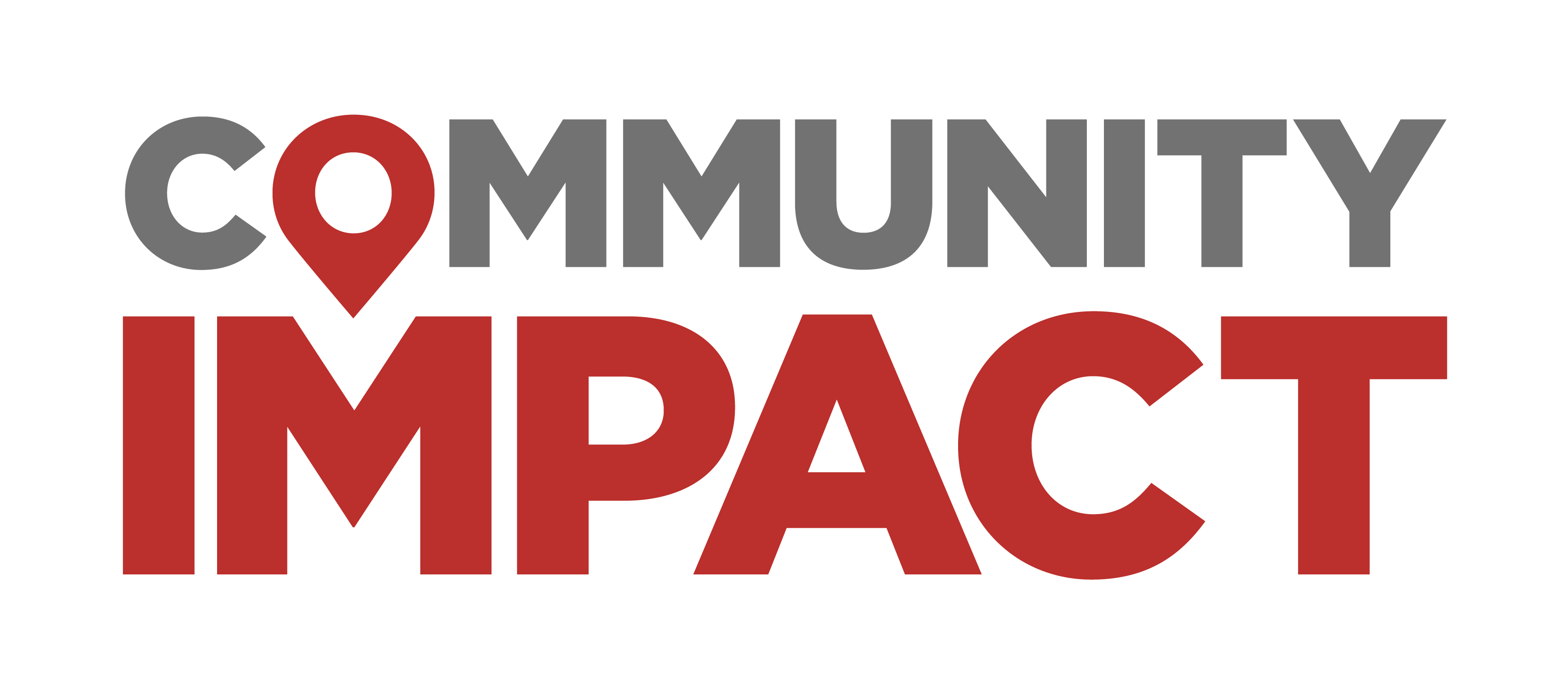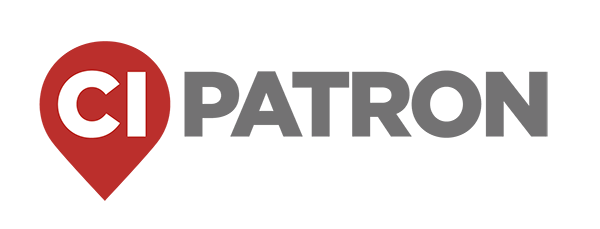In the months since Capital Metro's newest bus service, MetroRapid, launched Jan. 26, the transit agency has continued tweaking and improving the service in preparation of the second route introduced Aug. 24.
"With the amazing growth we're seeing there's a real opportunity to get people who formerly would drive everywhere to really try transit, especially for activities downtown or along Burnet [Road] and South Lamar [Boulevard]. Now people can take the bus to the Broken Spoke," said Todd Hemingson, vice president of strategic planning and development.
Newest service
MetroRapid—which has many characteristics of bus-rapid transit systems such as limited stops and free Wi-Fi—has two routes. The first, Route 801, runs along North Lamar Boulevard and South Congress Avenue from the Tech Ridge Park & Ride to the Southpark Meadows shopping center. This route replaced Route 101, and Route 1L was phased out. Frequency of Route 1—the local route that runs on North Lamar and South Congress—was reduced from running every 13 minutes to every 26 minutes.
The second line, Route 803, has 34 stations between The Domain and the Westgate shopping center, as well as 12 shared stops with Route 801, and runs on Burnet Road and South Lamar.
Surinder Marwaha, a former planner and project manager with Capital Metro from 1998–2012, said he was instrumental in planning MetroRapid. The original plan was to run a rapid bus system on the North Lamar/South Congress corridor, but Marwaha said he pushed to add the Burnet/South Lamar corridor because the city of Austin envisioned that corridor being transit-friendly.
"If we can expedite and act as a catalyst for [the city], that would be a great win-win," he said. " It could stimulate high density along the Burnet corridor."
Capital Metro considered replacing Route 3—a local route that runs on South Lamar and Manchaca Road—with the new Route 803. After hearing feedback from unhappy customers about the reduction of Route 1, Capital Metro decided to run both routes, Hemingson said. Route 3 was still cut back from running every 22–30 minutes to every 30–40 minutes.
One issue Route 803 faces is a lack of Park & Ride facilities for commuters. At Westgate, Capital Metro's long-term vision is to turn the center into a transit hub where several bus routes would connect for transfers and possibly to parking. Hemingson said a feasibility study will be finished in late 2014.
Room to improve
Capital Metro aims to provide MetroRapid service every 10 minutes during the morning and afternoon peak periods and every 15 minutes during non-peak periods. However, current peak frequency is 12 or 13 minutes between buses. Hemingson said this is because the travel time for a bus to get from one end of the route to the other and all the way back takes longer than it did when Capital Metro submitted its grant application in 2008 to the Federal Transit Administration, which awarded a $38.1 million grant in 2012 for the $47.6 million MetroRapid project.
"Since that time congestion has gotten worse on all the different corridors where we're operating MetroRapid, so as a consequence the travel times have gotten longer," Hemingson said. "We're trying to adjust for that."
The MetroRapid project came in $8 million under budget, so Capital Metro has asked the FTA if it could use the unspent money to buy six new buses and install new stops to accommodate growth along both corridors.
Hemingson said the transit signal priority, or TSP, system installed in buses will be tweaked for better performance. TSP allows buses to communicate with the city's traffic system. If the bus is behind schedule and within 350 feet of an intersection, TSP makes a request to the city's traffic signal to hold a green light for up to seven additional seconds.
The transit agency has changed how it reports TSP data to allow Capital Metro to see how often TSP is being used at intersections.
"The city has concerns about the impact it has on overall traffic flow when you do the signal priority. There's a balancing act," Hemingson said. "One of our objectives going forward will be to fine-tune and optimize that."
Customer satisfaction
Capital Metro received about 80 complaints on changes to Route 1 and the new Route 801 service. Most riders complained of buses arriving late, Route 801 stops being located too far apart or being passed by an at-capacity Route 1 bus.
David Foster, a resident of the Southwood neighborhood, said he has used Austin public transit since 1993. He said Route 803 will make getting to The University of Texas faster.
"It will help mitigate transit congestion and help the cost of living because it's cheaper to pay for bus tickets than a car payment," Foster said.
Southwest Austin residents Aaron and Navvab Taylor are a one-car family who rely on transit for commuting to work and attending downtown events at which parking is limited, Navvab Taylor said. The new service will allow the Taylors to continue using one vehicle.
"I see it as a long-term network of public transportation," she said. "Anything we can get in this area will be helpful."




